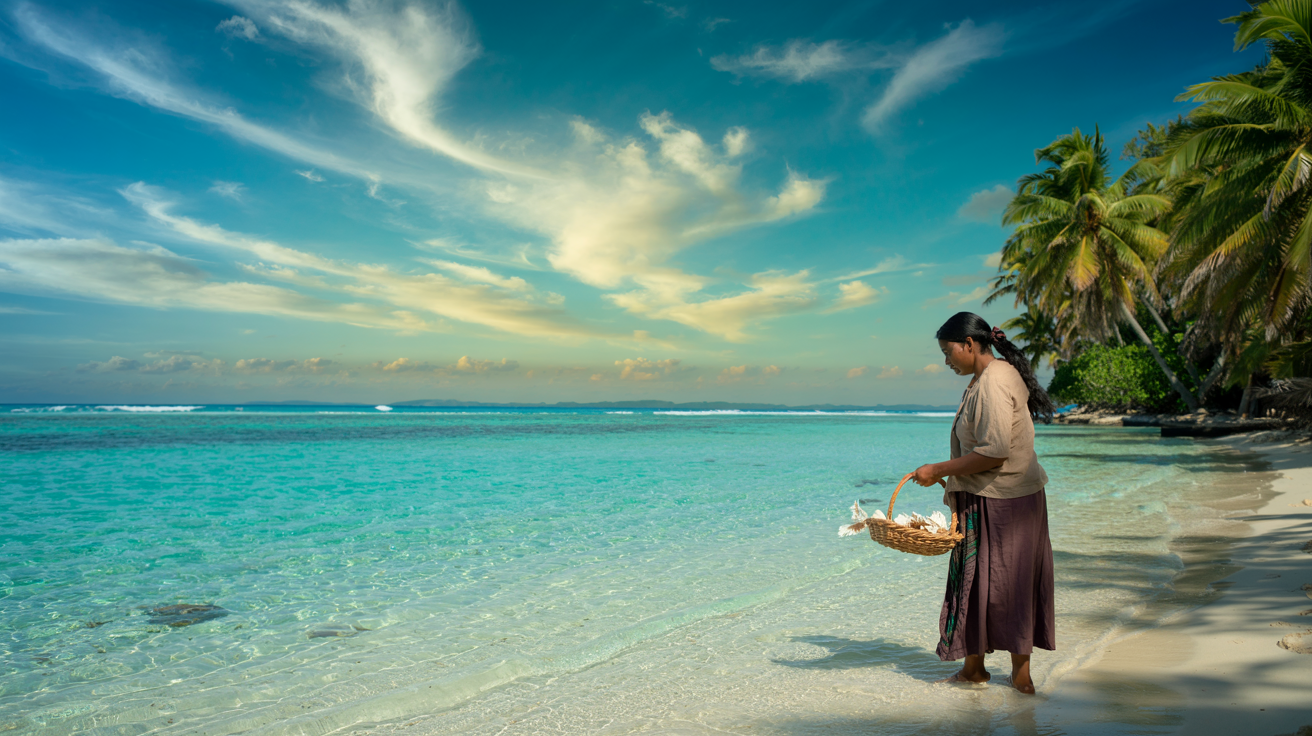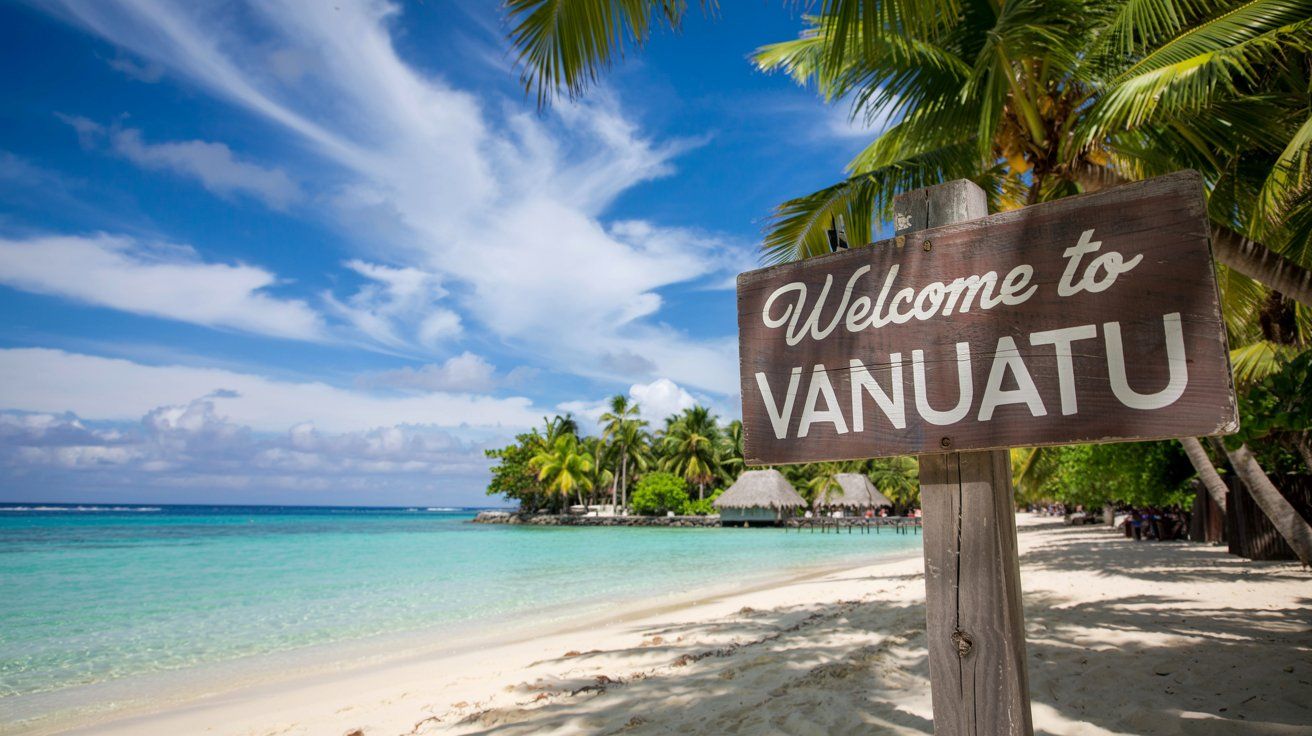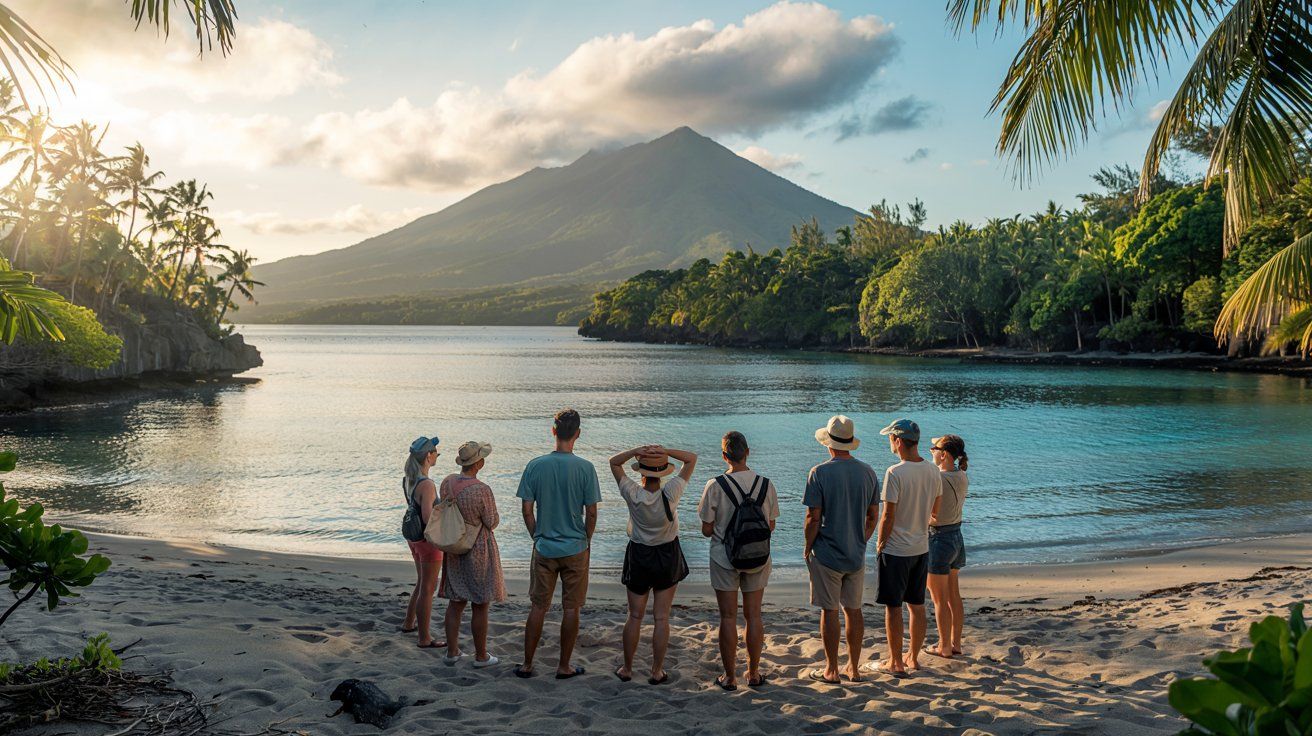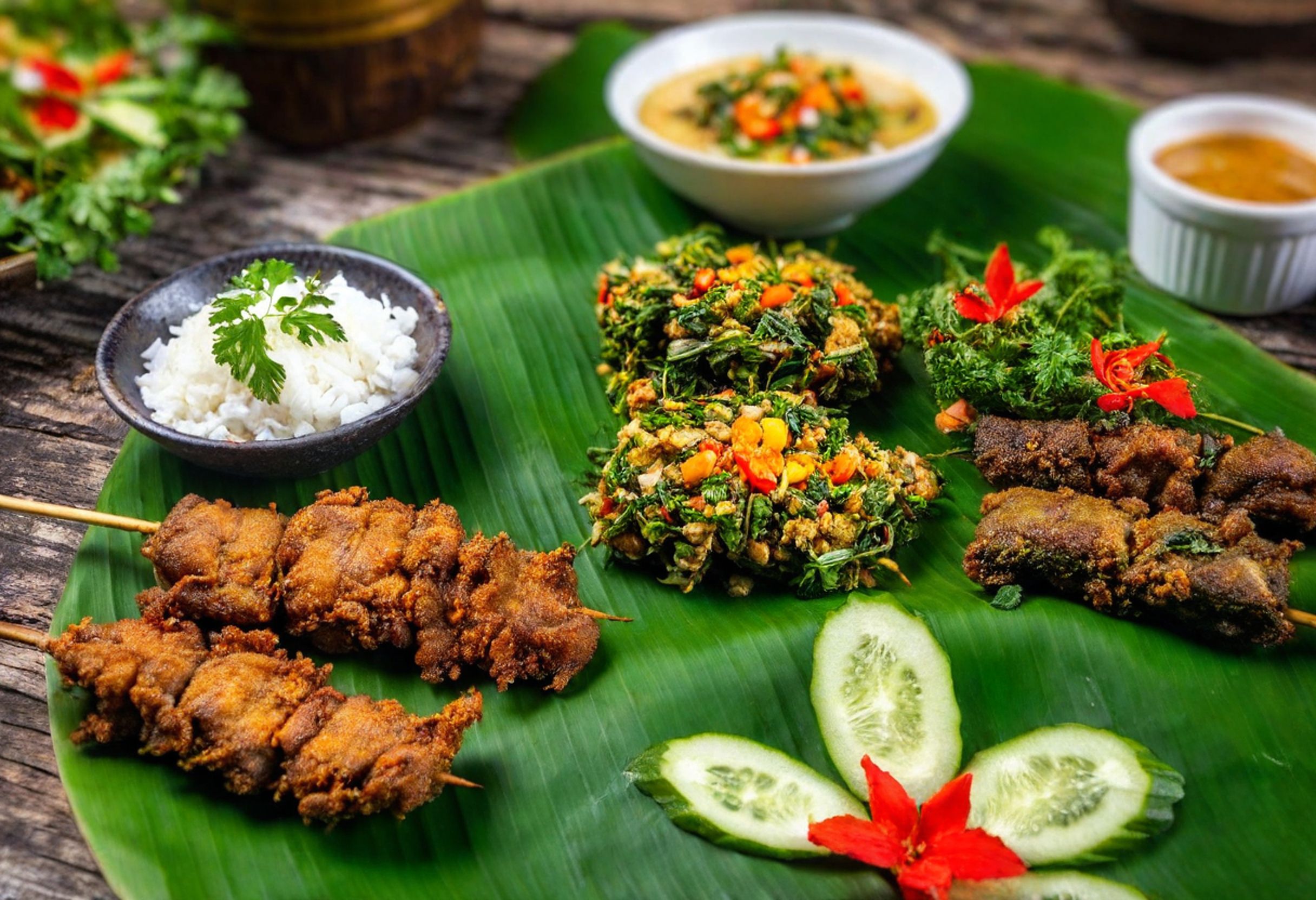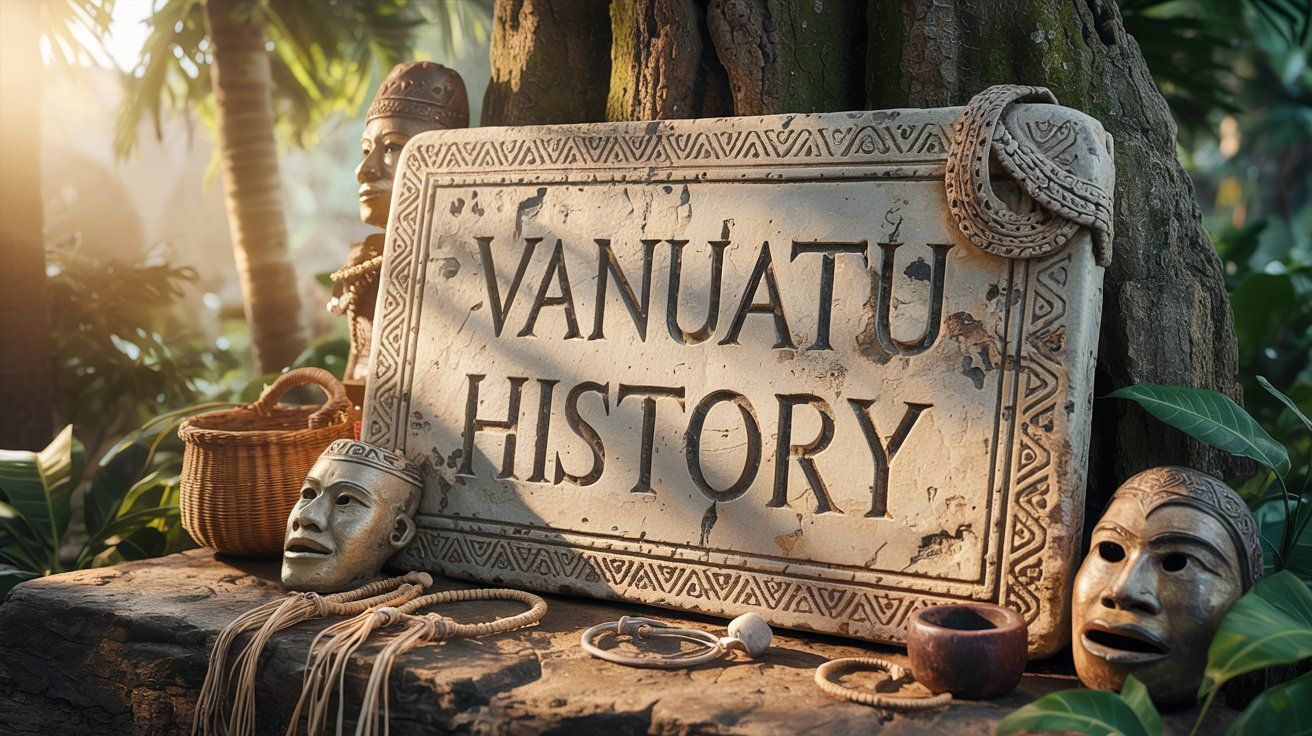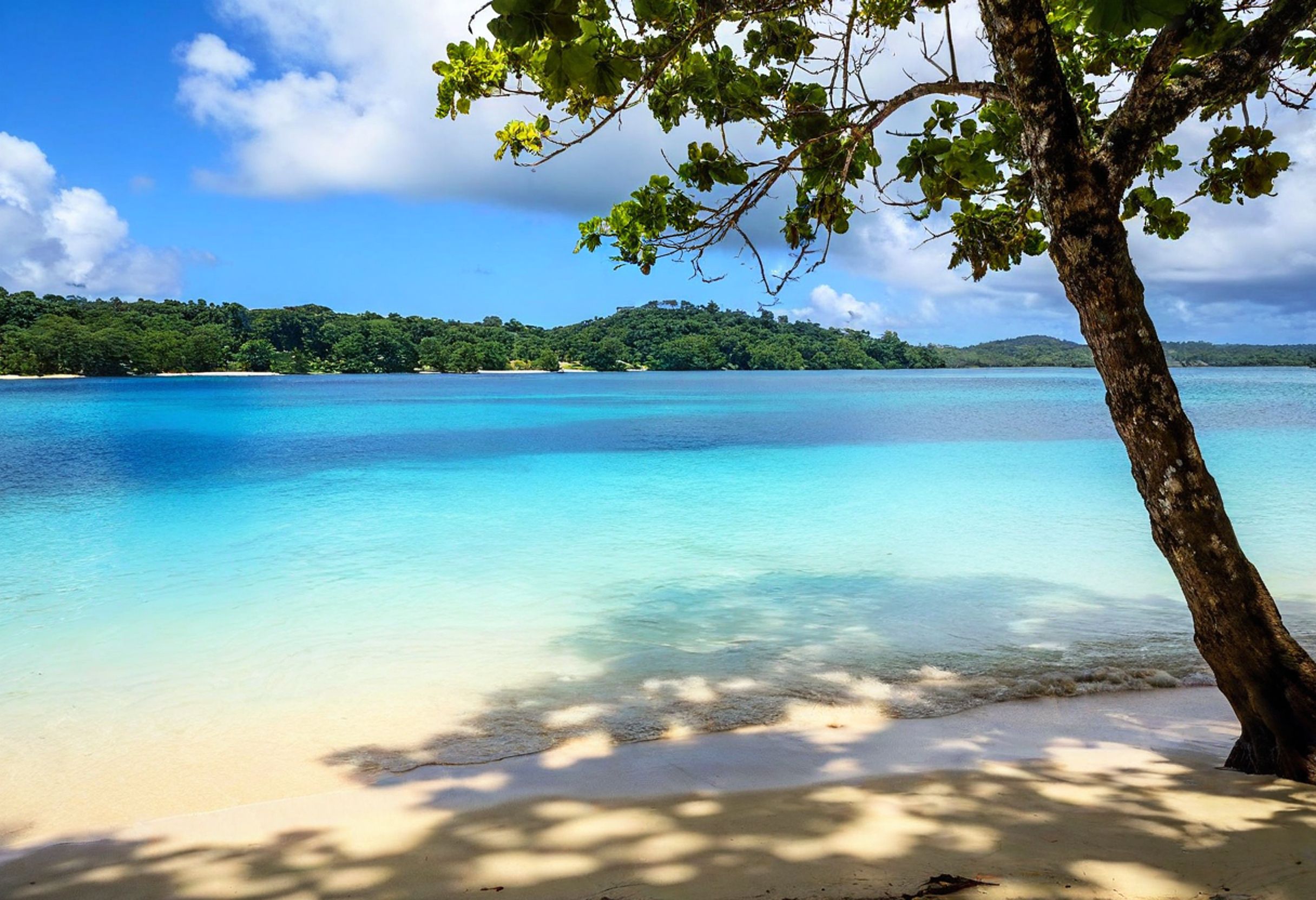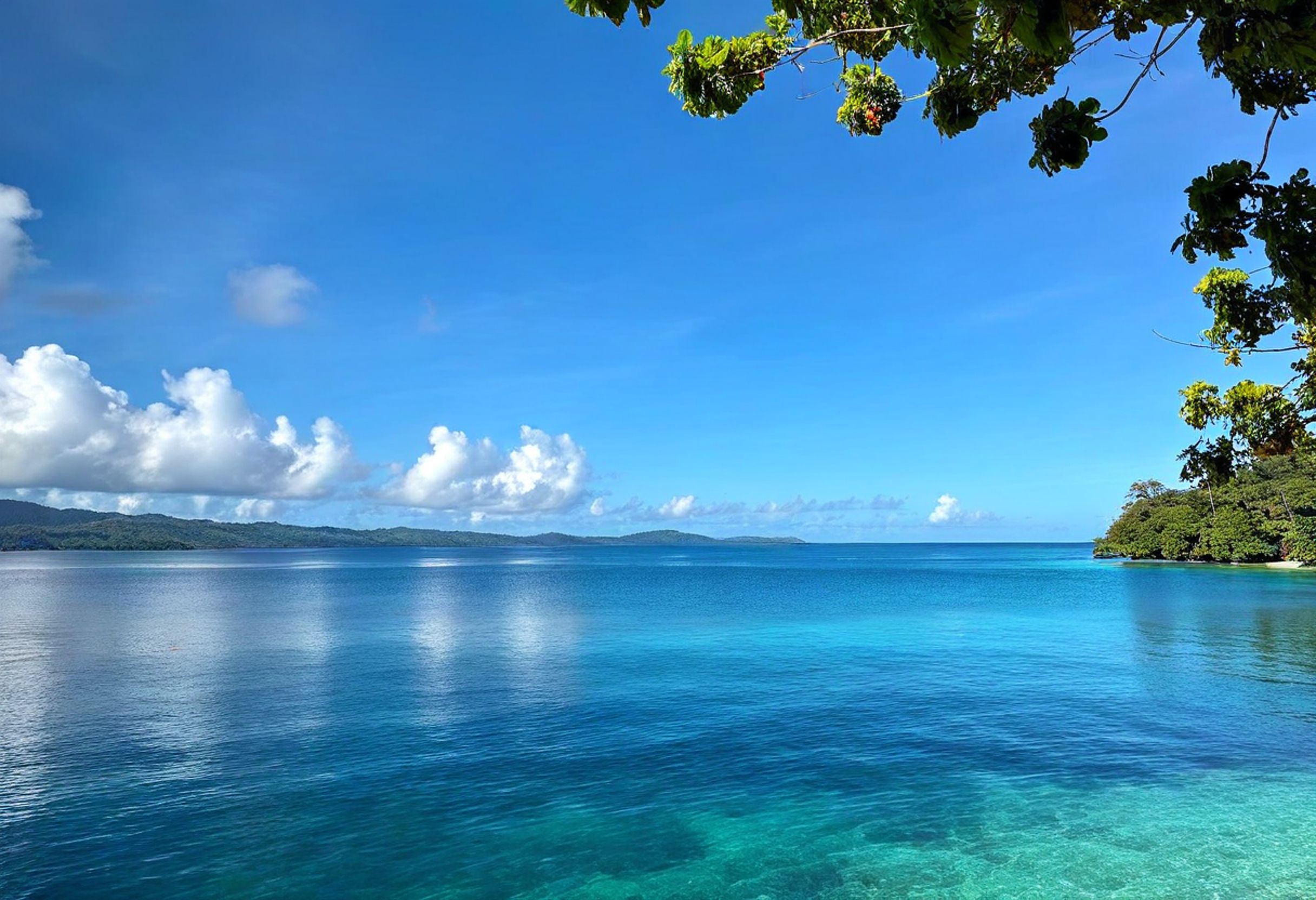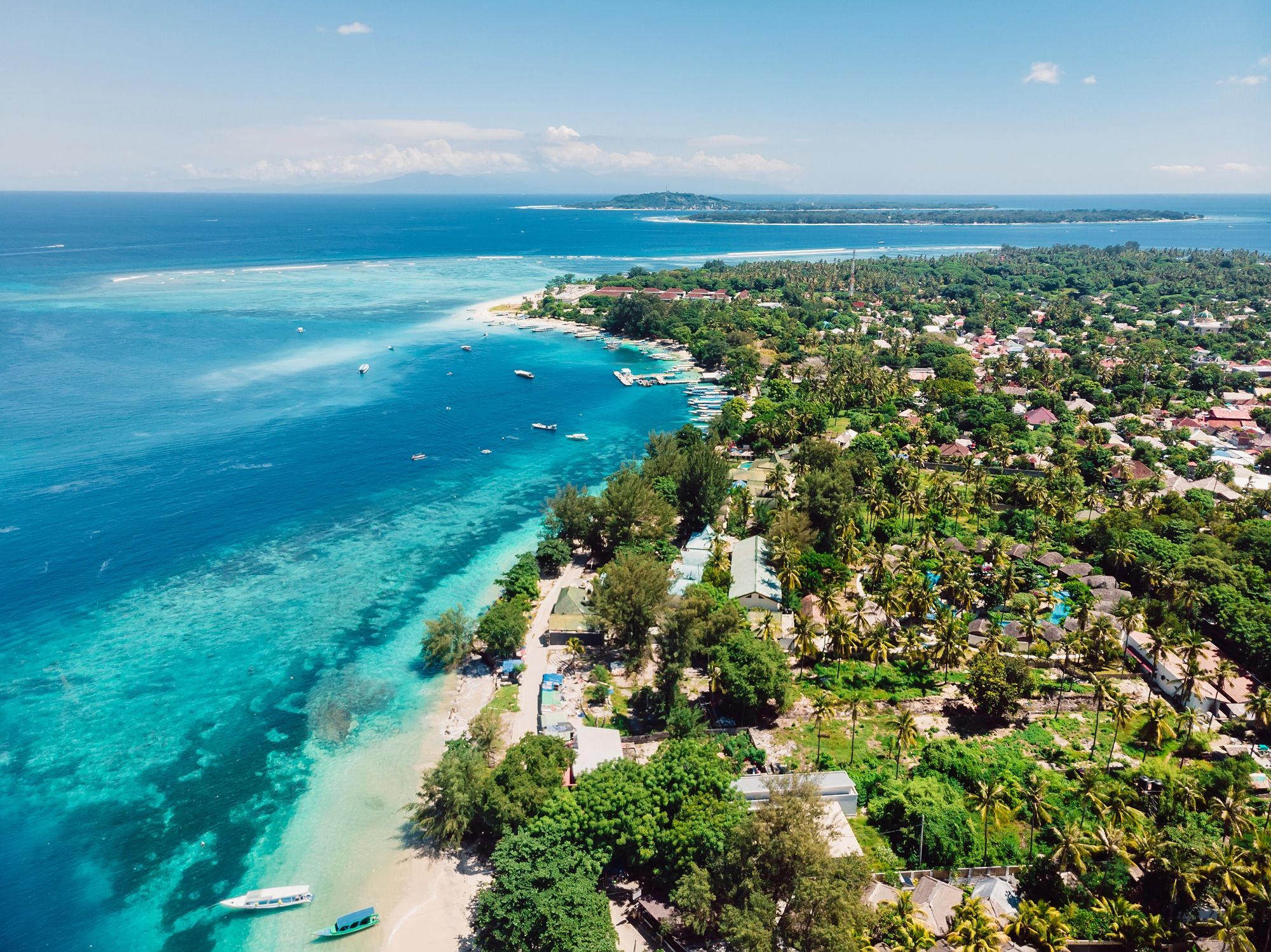In a surprising turn of events, the Pacific Islands Heritage Marine National Monument, one of the world’s largest marine protected areas, has been reopened to commercial fishing by former President Donald Trump. This controversial policy shift, overturning restrictions set in place during the Obama administration, allows U.S.-flagged tuna boats to operate within 400,000 square miles of marine waters previously off-limits.
But what does this mean for fishing industries, environmental stewardship, and tourism in Pacific Island nations like Vanuatu?
The Policy Shift: Reopening the Marine National Monument
The Pacific Islands Heritage Marine National Monument was expanded in 2014 by former President Barack Obama to preserve marine biodiversity, historical artifacts, and scientific resources. This expansion effectively restricted commercial fishing across nearly half of the U.S. Exclusive Economic Zone (EEZ) in the Pacific Islands.
In a move designed to stimulate the American tuna industry, particularly for dependent locales like American Samoa, President Trump has removed these restrictions. U.S.-flagged vessels can now fish within the monument’s boundaries once again.
Advocates of the new policy claim that these waters represent an underutilized resource and that American fishermen should have the right to operate in areas exclusively within U.S. jurisdiction. This decision could reinvigorate local economies and create jobs, primarily benefiting tuna processing operations reliant on consistent supplies.
Economic Rationale Behind the Decision
Commerce Secretary Howard Lutnick supported the administration’s decision, emphasizing that the previous restrictions had disproportionately harmed American Samoa’s economy, which is heavily tied to the tuna industry. Tuna production is a vital lifeline for the territory, influencing both employment and trade.
By reopening the monument, the administration hopes to enhance economic opportunities for U.S.-flagged fishing vessels while maintaining control over these waters. Foreign vessels, unless specifically permitted, remain excluded from fishing here, which ensures the benefits stay within the U.S. economic sphere.
Environmental Concerns and Challenges Ahead
While the economic rationale is clear, environmental advocates warn of the risks involved in commercial fishing within a region initially protected for its vibrant biodiversity and historic significance. Tuna overfishing, along with the impact on bycatch populations such as sharks, turtles, and seabirds, poses a threat to the region’s delicate ecological balance.
There are also concerns about how regulatory enforcement will be carried out after reports of planned downsizing or merging of NOAA Fisheries with the U.S. Fish and Wildlife Service. The Trump administration argues that current scientific evaluation does not justify a ban on commercial fishing to manage the monument effectively.
Critics worry about whether these assessments adequately account for long-term environmental sustainability or focus too narrowly on short-term economic gains.
What Does This Mean for Tourism and Heritage?
While commercial fishing could stir economic activity, there is an inherent risk to the ecotourism potential of these areas. Protected marine landmarks are magnets for travelers seeking pristine waters, rare wildlife, and opportunities to explore a less-touched side of the Pacific.
Overfishing could inadvertently harm these experiences by diminishing marine biodiversity, deterring tourists and researchers alike. For visitors drawn to the South Pacific’s natural wonders, sustainability is key.
Tying It All Back to Vanuatu
What does this all mean for neighboring Pacific nations, including the tourist haven of Vanuatu? As an archipelago celebrated for its unspoiled reefs and thriving marine life, Vanuatu has maintained a balance between economic development and environmental conservation.
The decision to reopen the Pacific Islands Heritage Marine National Monument to fishing could serve as a cautionary tale. It underscores the importance of protecting marine habitats for both biodiversity and economic sustainability in tourism and fishing.
Vanuatu’s approach is a shining example for managing marine resources responsibly. With initiatives such as Marine Protected Areas (MPAs) around islands like Efate and Espiritu Santo, Vanuatu preserves its natural assets and fosters ecotourism.
These efforts safeguard local industries. In contrast, the U.S.’s policy decision reveals the challenges and trade-offs involved in resource management.
Travelers seeking pristine Pacific beauty and authentic cultural experiences find a reliable haven in Vanuatu. The reefs remain vibrant, reflecting the island’s traditions.
While U.S. waters now open for commercial fishing may offer economic opportunities, they also bring uncertainty for the Pacific’s ecological heritage. Vanuatu underscores how balance and foresight can transform islands into beacons for sustainable tourism and biodiversity.
Here is the source article for this story: Trump Opens Up Pacific Islands Marine Monument for Fishing

